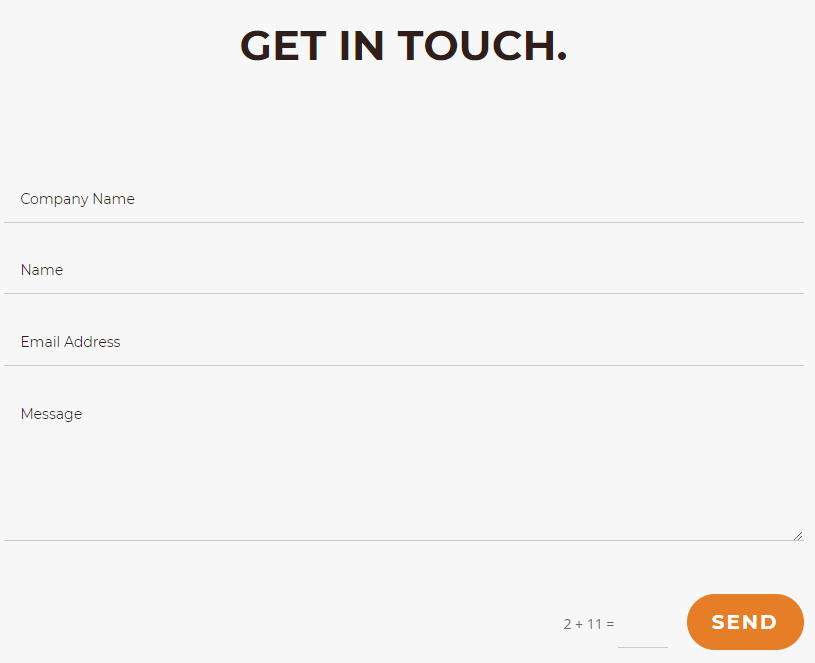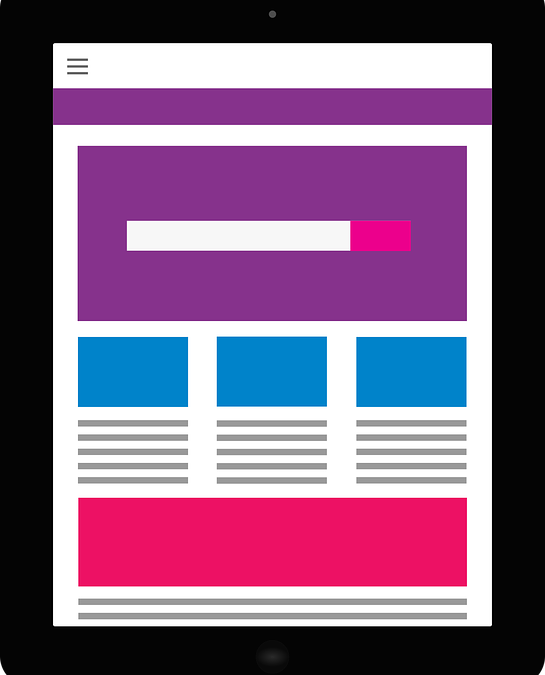Why use a contact form?
The vast majority of websites you visit will have a contact form. A contact form is generally a set of questions your visitors fill out on your webpage that is automatically sent to your email designated email box when completed.
Sample (2+11 = ___ is a reCAPTCHA to verify a human is completing the form):

How a contact page can help.
Look professional – when you have a contact form on your website, your website looks more professional.
Keep your team in the loop – any time someone completes a form on your site, the right people on your team are notified.
Safeguard your inbox – allows you to keep your email inbox clean and your website secure – most forms include an option to enable reCAPTCHA for your forms as added layers of protection.
Make things easy for your visitors – some visitors prefer submitting a contact form vs using a mailto link because it doesn’t require opening their email software. (You can always include both.)
Stay organized – when using a form, you can decide on the email subject line of your inquiries, helping you to keep your inbox organized.
Build your email list – using a form, you can add a subscription checkbox to request permission to add the visitor to your email list.
A contact form can be used for any number of things.
- Requesting Feedback: You might want to open a form for general comments from your visitors
- Allow Questions: This form allows visitors to contact you with various questions they may have relating to your business
- Service or Information Request: If your business sells a service or product, you can use a form allowing customers to request more information.
- Request a Quote: This form allows your visitors to request pricing information.
Major benefits to using a contact form.
- Reduce Spam: since contact forms are handled serverside and your email address is not readily available spammers cannot harvest it as easily and this is much safer than using and mailto tag.
- Control the subject line: since you can specify the subject line, you can keep your inbox more organized.
- Information control: since you specify the information you’d like from the customer you can collect the information you want.
- Consistency: since all the information is provided to you the same way, the emails from the contact form are consistent and can help you stay organized.

